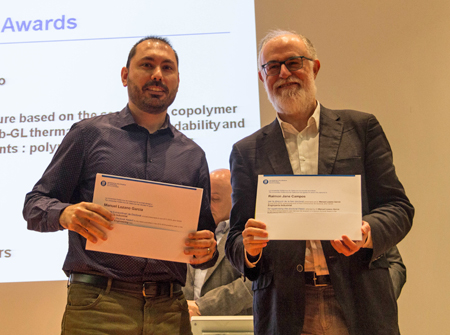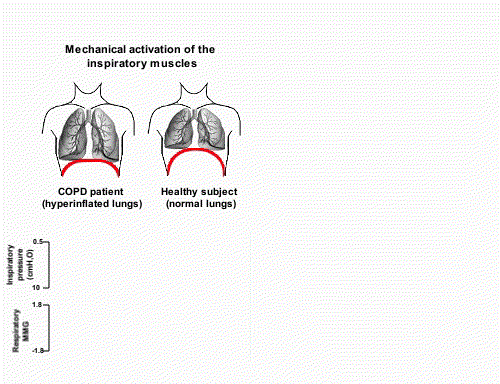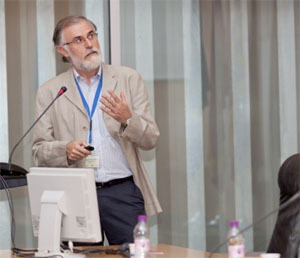IBEC celebrates COPD breakthroughs on World COPD Day
 IBEC’s Biomedical Signal Processing and Interpretation (BIOSPIN) group have published a paper with King’s College London that offers new techniques to monitor COPD patients by non-invasive methods.
IBEC’s Biomedical Signal Processing and Interpretation (BIOSPIN) group have published a paper with King’s College London that offers new techniques to monitor COPD patients by non-invasive methods.
COPD – chronic obstructive pulmonary disease – is a progressive lung condition with no cure in which the patient’s airways become narrowed. Together with other mechanical abnormalities, airways obstruction increases the load on the respiratory muscles. This, in combination with respiratory muscle weakness in COPD patients, increases load-capacity imbalance and contributes to breathlessness. The IBEC group’s paper elucidates a new way of assessing inspiratory muscle function using mechanomyography, a non-invasive measure of muscle vibration associated with muscle contraction, jointly with surface electromyography.


 IBEC’s Biomedical Signal Processing and Interpretation (BIOSPIN) group have published a paper with King’s College London that offers new techniques to monitor COPD patients by non-invasive methods.
IBEC’s Biomedical Signal Processing and Interpretation (BIOSPIN) group have published a paper with King’s College London that offers new techniques to monitor COPD patients by non-invasive methods.
 Some research published in PLOS ONE represents a new step towards translating IBEC’s basic research – specifically the novel signal processing and interpretation algorithms developed by Raimon Jané’s group – to clinical applications in hospitals.
Some research published in PLOS ONE represents a new step towards translating IBEC’s basic research – specifically the novel signal processing and interpretation algorithms developed by Raimon Jané’s group – to clinical applications in hospitals.
